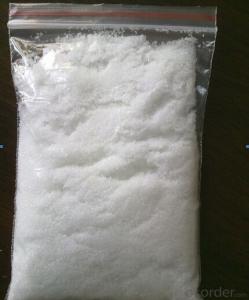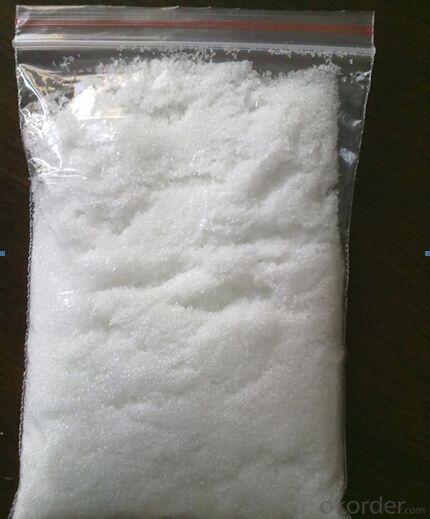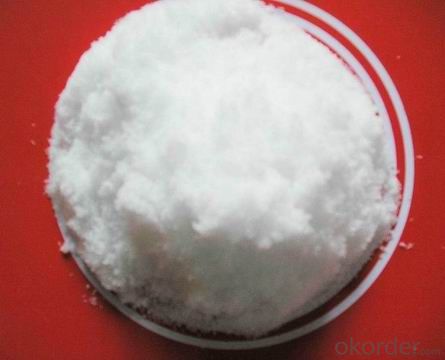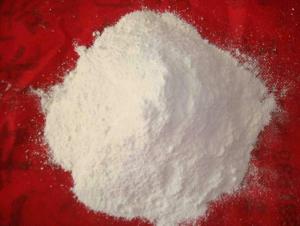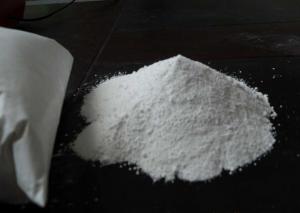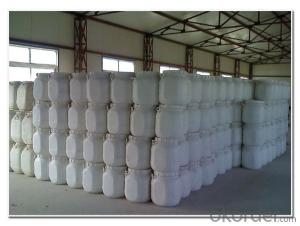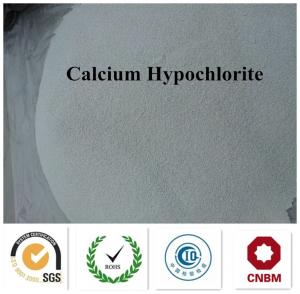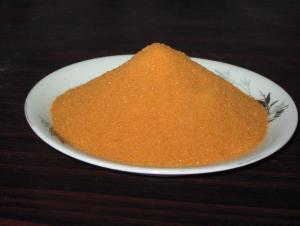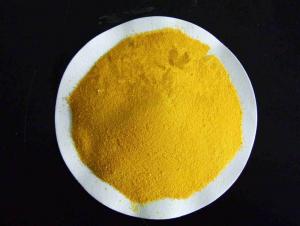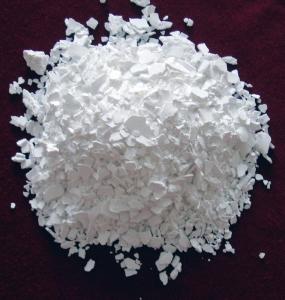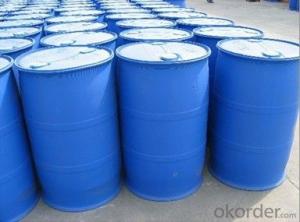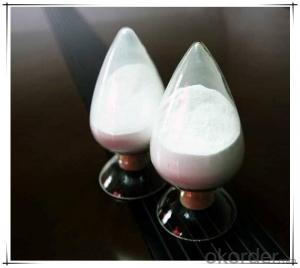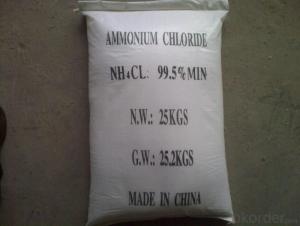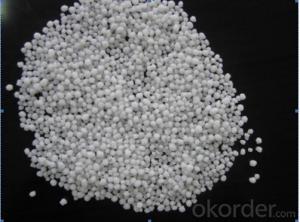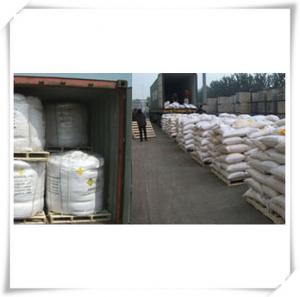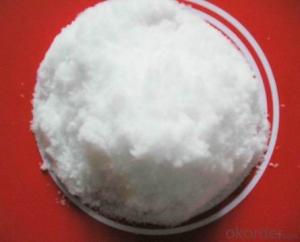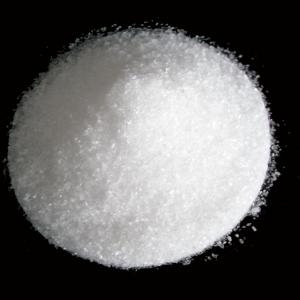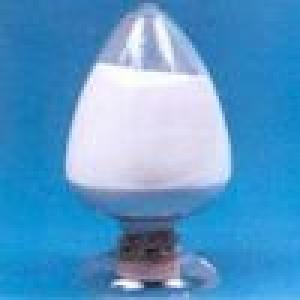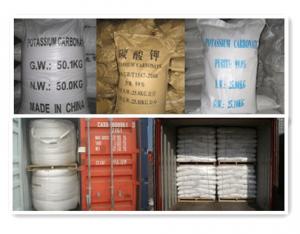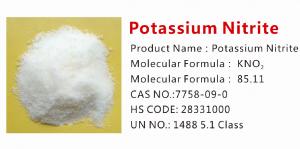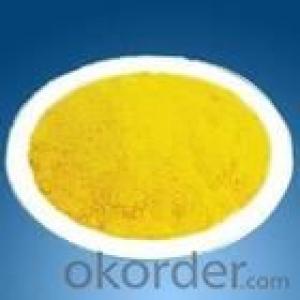Magnesium Nitrate Magnesium Salt Construction Chemical
- Loading Port:
- China main port
- Payment Terms:
- TT OR LC
- Min Order Qty:
- 1000 kg
- Supply Capability:
- 500000 kg/month
OKorder Service Pledge
OKorder Financial Service
You Might Also Like
Magnesium Nitrate Magnesium Salt Construction Chemical
Technical standard: HG3-1077-77
Molecular formula: Mg(NO3)2·6H2O
Molecular weight: 256.41
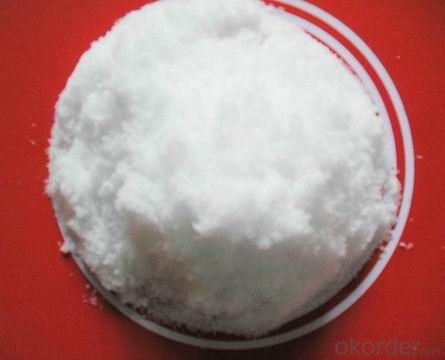
Properties:
This product is colorless crystal or white flake.Well soluble in water, liquid ammonia,
methanol and ethanol. Stable at roomtemperature. Relative density 1.461. It will dehydrate and generate alkaline magnesium
nitrat at the temperature higher than melting point for 95℃. Itbegins to decompose
at 300℃ and completely decomposed to magnesium oxide andnitrogen oxide gas at above 400℃. It is a
kind of all nitrate nitrogenfertilizer to supply magnesium. This product can be used for quick supplement
of nitrogen and magnesium for crops. It is conducive to crop growth and canincrease yield and quality.
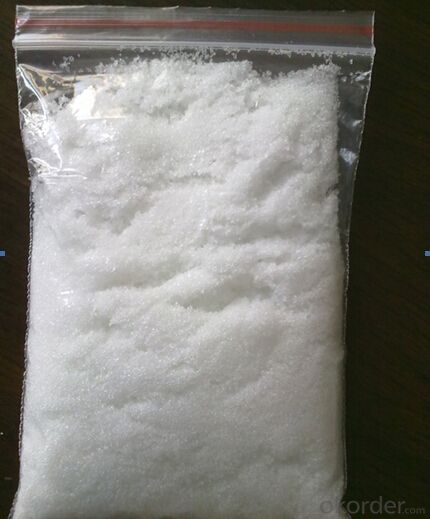
Use:
Suitable for a variety of fruits, vegetables, peanutsand other cash crops, greenhouse crops, field
crops, flowers, etc. It can usedrip irrigation or spraying on leaf. In industry, it is used as
concentratednitric acid dehydrating agent, the raw material to produce explosive, catalystand other
magnesium salts, wheat ash agent, etc.
Packing:
25/50KG woven bag lined with plastic bag or according to customerrequirements.
Main indicators | Unit | Industrial grade | Agricultural grade |
Magnesium nitrate | %≥ | 98.0 | 98.0 |
Heavy metal | %≤ | 0.002 | 0.002 |
Water insoluble | %≤ | 0.05 | 0.05 |
Iron (Fe) | %≤ | 0.001 | 0.001 |
PH value | ≥ | 4 | 4 |
Nitrogen | %≥ | ------- | 10.7 |
Magnesium oxide | %≥ | -------- | 15 |
FAQ
1.Q: What is MOQ?
A: Our MOQ is 1 TON.
2.Q: Could you offer free sample?
A: We can provide free samples to you for quality testing.
3.Q: What about your packing?
A: For liquid: Flexitank, or IBC tank 1000L
For powder:Woven fabric bag with plastic film liner( 25kg or 1000kg)
Clients’ packing is workable.
4.Q: How about your productive capacity?
A: 150000 tons/Year.
5.Q: What is your delivery time?
A: Within 7 days after received deposit or L/C at sight.
- Q: Can inorganic salts be tested by LC / MS?
- LC-MS mass spectrometer for organic matter, inorganic salts can not be atomized not applicable, and will pollute the instrument.
- Q: Sodium bicarbonate is not an inorganic salt
- Yes, organic refers to salts with carbon skeleton chains other than carbon and carbon oxides and carbonates, so sodium bicarbonate is an inorganic salt
- Q: Can inorganic salts act as stabilizers for emulsified asphalt?
- can. The general use of calcium chloride and ammonium chloride more stable emulsifier
- Q: How can experiments prove that there are inorganic salts in the leaves of plants
- The experimental leaves used to dry, crushed into powder or sintered ash, and then the analysis of mineral elements, we can learn.
- Q: how come a penny can hold more drops of the salt water solution than just plain tap water from your faucet?
- Surface film tension is the property of a liquid by which it acts as if its surface is a stretched elastic membrane. This tension allows insects to stand on the water’s surface. Surface film tension is caused by the attraction of water molecules to each other; in addition, the surface molecules are attracted to the underlying molecules. The amount of surface film tension is affected by both temperature and dissolved substances. An increase in temperature lowers the net force of attraction among molecules and so decreases the surface tension. An increase in dissolved organic substances also lowers the surface tension However, an increase in dissolved inorganic salts causes a rise in surface tension - increases the attraction of the surface molecules for the underlying molecules.
- Q: Is the inorganic salt related to the excitement
- Should be excited about conduction and inorganic salts. Membrane on both sides of the solution is conductive, in the excitement of the nerve segment and adjacent it is not between the excitement, due to the existence of potential difference in the charge movement, which is the local current. Its flow direction is: there is a positive charge outside the membrane has never excited to flow to the excitement section, the cell has a positive charge from the excited flow to the excitement section, the current direction is not excited to fiber membrane depolarization. When this current is strong enough to depolarize the segment to reach the threshold, a new nerve impulse - action potential is generated.
- Q: I had asked a similar question on GC operation last week, but for different kinds of compounds.For my biochem research project at school, I'm testing the ability of a species of bacteria to biodegrade alcohols found in gasoline (methanol, ethanol, isopropyl, tert-butyl and cyclohexanol). The bacteria is growing in a solution of minute amounts of alcohols and Mineral Medium, which is basically just water and dissolved inorganic salts (CaCl2, KH2PO4, NH4NO3 and MgSO4).I know GC's are primarily used to separate organic mixtures. Can a GC separate organic compounds dissolved in salt water? Is it safe to put salt water in a GC? Or would I have to do an extraction to separate the alcohols and run the organic extract through the GC?
- Do not let salts enter the GC. You will have to perform an extraction step and run that. Salts can precipitate in the column or degrade into reactive species that can corrode the GC. Water is OK since it will not destroy the column (I've run aqueous solutions before), but salts are not.
- Q: A. oxygen demanding wastesB. organic plant nutrientsC. inorganic plant nutrientsD. water soluble inorganic chemicalsE. sediment
- Acids, D. water soluble inorganic chemicals salts, D. water soluble inorganic chemicals metals E. sediment
- Q: How to extract inorganic salts in soil?
- Dissolve, filter, evaporate
- Q: And what I specifically need are salts with Bromide, Chloride, Phospate and Carbonate ions.Thanks for any help.
- That list is near endless. There are countless inorganic cations and organic groups that can combine with these ions. Pretty much every metallic element in the periodic table will form cations with bromide and chloride. Not sure about phosphate, but most metals will bind with it. Carbonate will be trickier, as some ions are too acidic and will decompose the carbonate (iron(III) is an example, and it will form the oxide instead, liberating CO2 in the process). Aside from simple elemental ions, there are also polyatomic cations (such as ammonium) and lots of complexes that will form compounds with these anions.
Send your message to us
Magnesium Nitrate Magnesium Salt Construction Chemical
- Loading Port:
- China main port
- Payment Terms:
- TT OR LC
- Min Order Qty:
- 1000 kg
- Supply Capability:
- 500000 kg/month
OKorder Service Pledge
OKorder Financial Service
Similar products
Hot products
Hot Searches
Related keywords
